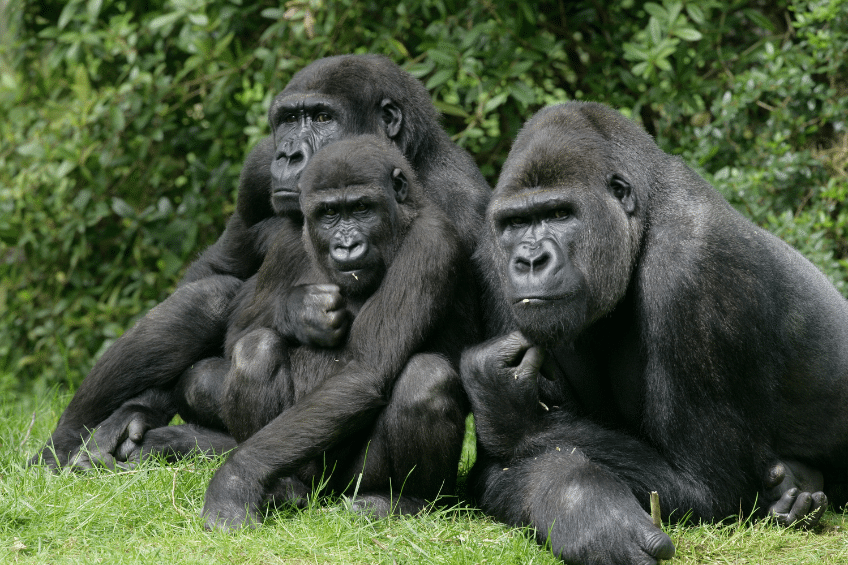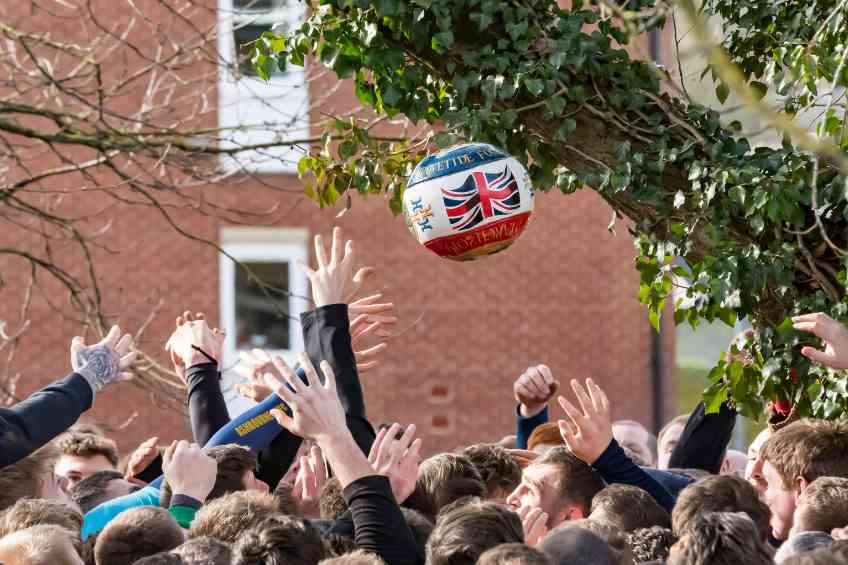By John Salak –
There are dog people and cat people. There are also horse, goat and bird people. No, we’re not talking about humans who can shapeshift into various animal forms or worse, go full Larry Talbot like in The Wolf Man or André Delambre in The Fly.
These are people so connected to animals they can have two-way conversations of sorts with their dogs, birds and horses. Well, okay, maybe these gabfests seem more like one-way natty exchanges to the uninitiated. But trust me. Animals do answer back in their own way, although not in a Wilbur and Mr. Ed-type way. Instead, gabby animals give off a range of verbal, body and eye signals to get their points across. Anyone who had a dog growing up totally gets this.
For those who don’t, this isn’t a byproduct of the unhinged imaginations of a bunch of Dr. Doolittle wannabes. Science has identified at least nine animals that purposely communicate with humans. They are all domesticated and include dogs, cats, horses, pigs, chickens, rabbits, parrots, llamas and rats.
There have even been rare cases where wild animals have learned to chat with humans. Over years a lowland gorilla named Koko, for example, was taught over 1,000 words in American sign language and more than 2,000 verbal commands.
Okay, that’s cool but rare and a lot of work was put into being able to strike up a conversation with Koko. Not that connecting to animals in whatever form isn’t a win-win. Therapy animals are all the rage. Then, of course, there are your basic pets. Two-thirds of American households have some kind of pet and the federal government maintains they can be a furry or feathery elixir of sorts, helping owners to decrease stress, improve heart health and even help build emotional and social skills in children.
But do pets get anything out of this? Plenty. There is food, protection, healthcare, unlimited belly rubs and ear scratches, and probably toys at the holidays. Heck, a lot of domesticated pets have it so good, they have learned how to ask their human partners for favors via a bark, whine, tail wag, nose nudge or that not-so-subtle look that cries “hey fats, get off the couch. I gotta hit the can.”
Come on, admit it, this is all cute and cuddly. But all this animal talk begs a bigger question. If Fido the dog, Chow Chow the cat, or Slim Jim your potbelly pig is up for a tête-à-tête or a good old-fashioned face-to-snout chat, are wild animals looking for an interspecies yackety-yak? And if they are, what could they possibly want? Retribution?
At first glance, you’ve got to think no. Save for Winnie The Pooh and a few of his friends, most of us don’t expect to be having any deep convos with lions, tigers, bears, buffaloes, salamanders, crocodiles, horny toads, sloths, or aardvarks, among other residents of the wild kingdom.
But maybe we should rethink this. Researchers in, where else, Australia have found that kangaroos can “intentionally” ask humans for help to solve difficult problems, like opening a sealed food container.
Apparently, these roos talk through their eyes, sending over a “pretty intense” gaze to get their point across. Great, but what else do they want to say? Since there are twice as many kangaroos in Australia as people, things could get out of hand quickly.
And if kangaroos want a seat at the table, what about the rest of the Animal Kingdom? What are their collective gripes, questions and proclamations? Does a steady, I’m-looking-at-you gaze from a grizzly mean we have to rename the Bears, Cubs, Tigers, Lions, Golden Eagles, Dolphins, Hawks, Sharks, Gophers, Badgers, Ducks, Sea Monkeys, Jackrabbits, Lobsters, Pandas, Turtles (and Terrapins), Owls, Weasels and Yaks, just to name a handful of the hundreds of sports teams named after animals. Does a dead-eye-dick look from a rhino mean go vegan, now? Does a lustful gaze from a bobcat mean you’d look good as part of a mixed grill?
Maybe they’re trying to say, payback is a bitch.













